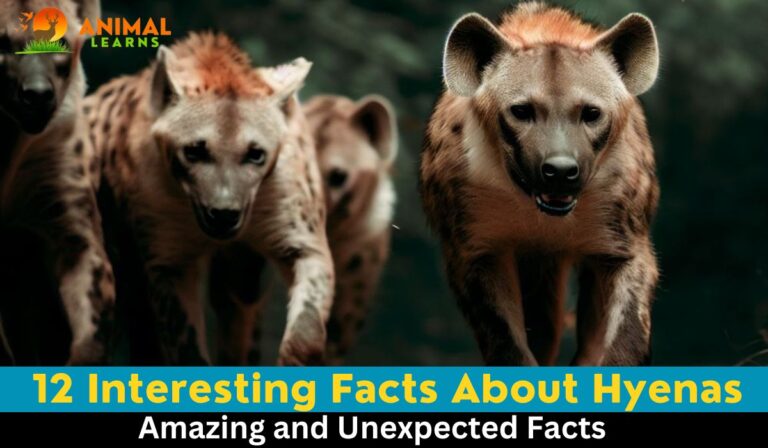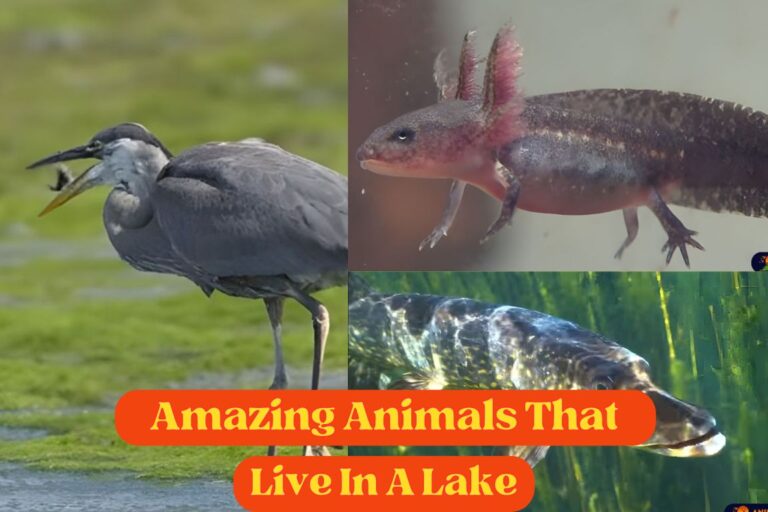Blue Whales: Earth’s Largest Creatures
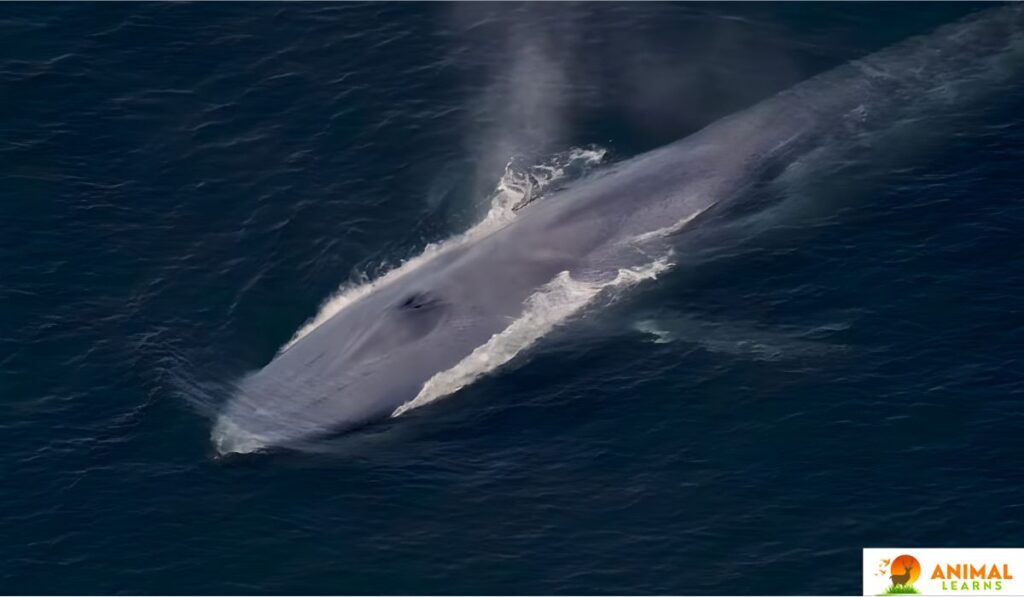
| Information | Value |
| Vocalizations of Blue Whales | Deep moans and rhythmic low-frequency pulses, audible over 500 miles away |
| Earwax Layer Formation | A new layer is approximately every six months |
| Earwax Function | Protects ear canal and assists in sound wave transmission |
| Earwax used for Age Estimation | Measured to estimate a whale’s age, similar to tree rings |
| Average Lifespan | 80 to 90 years |
| Oldest Blue Whale Age (based on earplug count) | About 110 years |
| Daily Food Consumption | Four tons, exceeding an African elephant’s weight |
| Primary Diet | Tiny krill |
| Size | Up to 100 feet (30 meters) in length, 200 tons in weight |
| Longevity | 70 to 90 years, among the longest-living mammals |
| Habitat | Open ocean, deep waters, worldwide distribution |
| Feeding and Breeding Grounds | Antarctic, California, waters off Sri Lanka |
| Feeding Mechanism | Filter feeders using baleen plates to capture krill |
Blue whales are the largest animals to have ever existed, as long as about three school buses and as heavy as 15 blue whales, even outsizing the dinosaurs.
The whales’ marine habitat contributes to their exceptional size; the ocean provides more room to grow and eliminates one of the factors that usually hinder animal size: gravity. Gravity limits the size of land animals to what their skeletons can support.
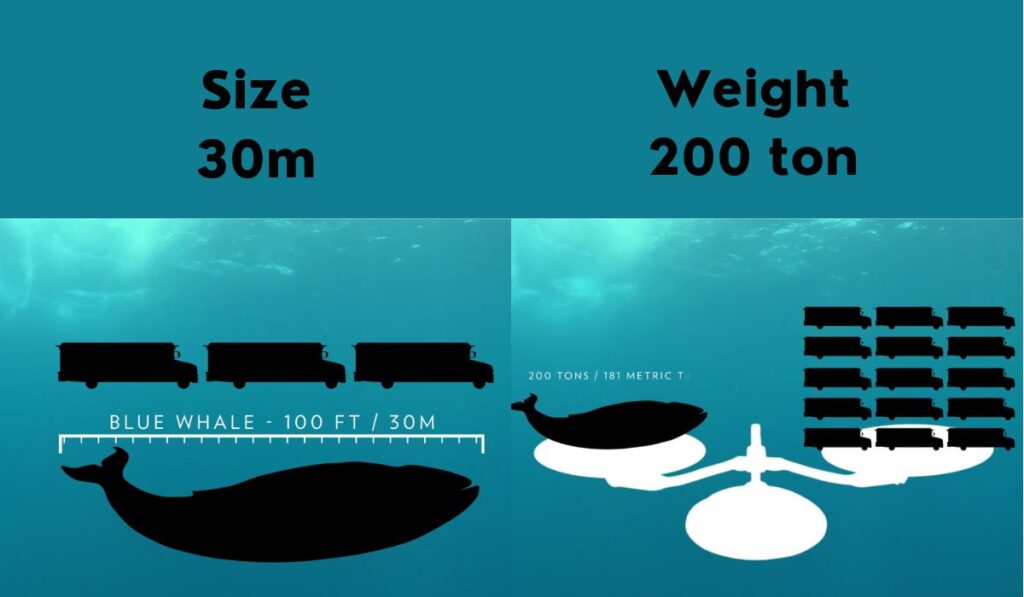
The ocean’s buoyancy spares marine mammals of this limitation, thereby allowing them to grow unlike any other animal. They have one of the loudest calls in the animal kingdom, measuring up to 188 decibels.
Their song can be loud enough to overpower the sounds of jackhammers and jet engines. The whales use their powerful songs to communicate with each other, oftentimes from long distances.
Diet
Contents
They are the giants of the ocean, and they have a fascinating way of finding and eating their food. Unlike some other whales, these whales don’t hunt fish or squid.
Instead, they feast on tiny creatures called krill, which look like mini shrimps and swarm in huge numbers in the sea. They can eat up to 4 tons of krill every day, which is more than an elephant weighs!
The blue whale spots a dense patch of krill and charges towards it with its mouth wide open. It gulps down a massive amount of water and krill, then squeezes out the water through its baleen plates, which act like a sieve.
Habitat and distribution
Imagine being the largest animal that ever lived on Earth. That’s what it’s like to be a blue whale, the giant of the ocean. They live in different parts of the world, but they don’t stay in one place. They travel long distances to find food and mates. Let’s explore where they go and why.
- The Deep Blue Sea: They love the open ocean, where they can swim freely in deep waters. They don’t like shallow or coastal areas, where they might get stuck or disturbed. They are great travelers, moving thousands of kilometers every year to follow their food.
- The Cold Buffet: They have a huge appetite, and they need a lot of food to keep them going. They eat mostly krill, which are tiny animals that look like shrimps. They also eat small fish and plankton, which are microscopic plants and animals. That’s why they go to polar and sub-polar regions, such as the North Atlantic, North Pacific, and Antarctic waters, to feed.
- The Warm Nursery: They don’t like to be cold all the time. They also need warm waters to breed and give birth. That’s why they migrate to tropical and subtropical regions, such as the Indian and Pacific Oceans, to mate and have their babies.
- The Global Map: They can be found in almost every ocean in the world, but they are not evenly spread out. Some areas have more whales than others, depending on the season and the availability of food. Here are some of the places where you can see these whales:
- Northern Hemisphere: In the North Atlantic Ocean, you can find them around the Gulf of St. Lawrence in Canada, and off the coasts of Iceland and Norway. In the North Pacific Ocean, you can spot them off the coasts of California, Oregon, and Washington in the US, as well as in the Gulf of Alaska.
- Southern Hemisphere: In the Southern Ocean around Antarctica, you can see them feeding on krill. They are very common in this region, which is their main feeding ground. You can also find them along the southern coasts of Australia, New Zealand, and South America.
- Indian Ocean: In the Indian Ocean, you can observe blue whales mating and calving in the waters off Sri Lanka, the Maldives, and the western coast of Australia.
- The Seasonal Journey: They don’t stay in one place for long. They move between their feeding and breeding grounds every year, following a seasonal pattern. Their migrations are influenced by the availability of their prey. When there is plenty of food in cold waters, they go there to feed. When there is less food in cold waters, they go to warm waters to breed and calve.
- The Conservation Challenge: They are amazing animals, but they are also endangered. They have been hunted by humans for their meat, oil, and bones for many years. This has caused their numbers to drop drastically. We need to protect their habitats and ensure their survival for future generations.
Behavior and lifestyle
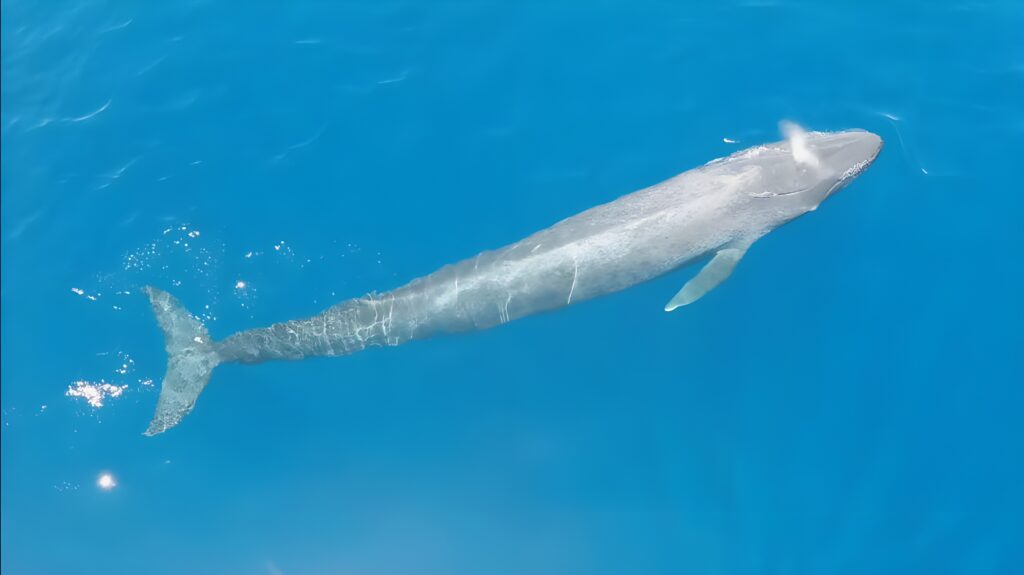
These enormous creatures are not only huge but also full of surprises. They prefer to roam the oceans by themselves or with a few companions, exploring the vast underwater world.
They can swim very fast when they need to, especially when they hunt for their favorite food: krill. These are tiny shrimp-like animals that blue whales gulp down by the tons, using their special teeth that act like sieves.
They also have amazing voices, singing deep and haunting songs that can be heard for miles and miles. No one knows exactly why they sing, but some think it is a way of talking or flirting with each other.
They are wonderful and important for ocean life, and we should do everything we can to keep them safe and happy.
Types
Scientists have identified different types of these largest water creatures based on where they live and how they look. Here are some of the main groups of these whales that you can find in the oceans:
| Type of Blue Whale | Habitat | Size | Distinctive Characteristics |
| Northern Hemisphere Blue Whale | North Atlantic and North Pacific oceans | Slightly smaller | Common in the Northern Hemisphere |
| Southern Hemisphere Blue Whale | Southern Ocean and around Antarctica | Up to 30 meters, >170 tons | Largest type, loud, low-pitched calls |
| Pygmy Blue Whale | Indian and southern Pacific Oceans | About 24 meters, about 90 tons | Smallest type, shorter rounder head, darker color |
Interesting Facts
- They are the largest animals ever on Earth, reaching up to 100 feet (30 meters) long
- They have a huge heart that can weigh a ton and pump blood through their body
- They make very loud calls that can be heard by other blue whales hundreds of miles away
- They eat several tons of krill each day during their feeding season
- They migrate between cold and warm waters for feeding and breeding
- They filter feed by taking in water and trapping krill with their baleen plates
- They are mostly solitary or travel in small groups
- They are endangered due to ship strikes, fishing gear, and other threats
- They have a long evolutionary history, dating back 50 million years
- They can live for several decades, possibly up to 90 years
Population

| Information | Value |
| Global Population (as of 2021) | Estimated between 10,000 and 25,000 individuals |
| Population Variability | Numbers can change over time due to various factors |
| Recommendation for Latest Population Data | Check recent research and conservation organizations for updates |
Since then, this number may have changed, as it is not a fixed number. Check out the recent research and conservation organizations that work hard to protect and study these magnificent creatures to find out the latest information on their population. There are no better sources of reliable and current blue whale data.
Social systems
They are the largest animals on Earth, but they are not very social. They usually prefer to swim alone or in small groups that are not very tight-knit.
These groups can change over time, depending on the availability of food and mates. They do not form long-lasting bonds or complex social structures like some other whales, such as dolphins or orcas.
The social system of blue whale is relatively simple compared to some other cetaceans. This may reflect their adaptation to living in the vast and open oceans, where they have to travel long distances to find food and mates. They are solitary giants, but they can also be social when they need to be.
Predators
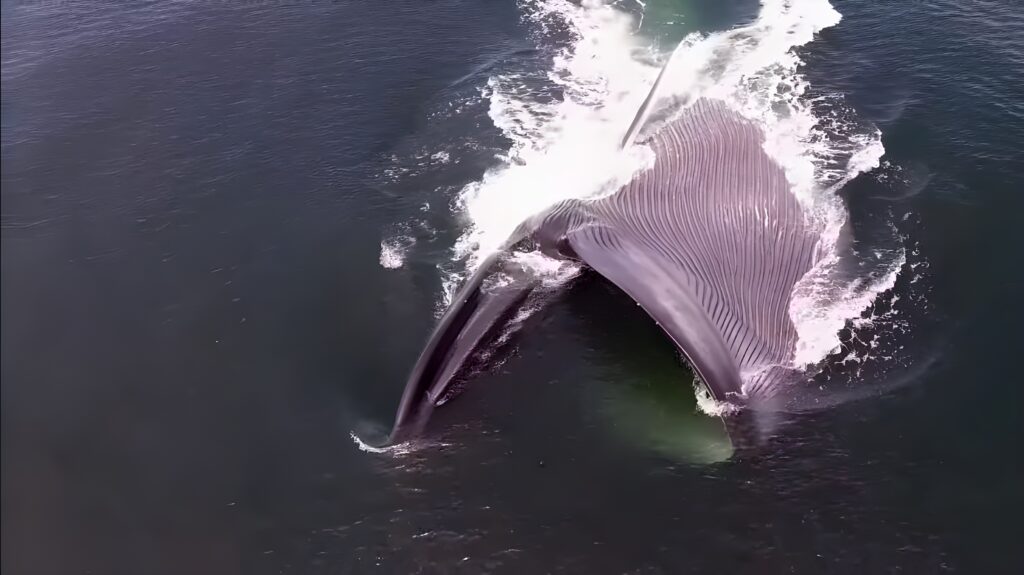
They are the biggest and strongest animals in the oceans, but they are not safe from all dangers. One of the few animals that can threaten them is the killer whale or orca.
Orcas are smart and powerful hunters that can work together to attack blue whale calves or even adult blue whale. They try to tire out their prey by chasing them and biting them.
However, these attacks are not very common, and they have some advantages over orcas. They are much bigger and heavier than orcas, and they have strong tail flukes that can hit hard.
They are the top predators of the oceans, but they need our help to protect them from human threats like ships and fishing gear. These are the real dangers that they face every day.
Mating
They have a mysterious and amazing love life. They look for mates when they travel to warmer waters every year. They flirt and mate underwater, where it is hard to see what they are doing. Males try to impress females by making loud noises and showing off their strength.
When a male wins over a female, they mate for several minutes or even half an hour. They do this by swimming side by side and matching their movements. Blue whale mating is a very important part of their life cycle that helps them keep their species alive.
Challenges faced
They are facing many problems in today’s world. One of the biggest problems is that they can get hit by ships, as they often swim in the same areas where ships travel. This can hurt them badly or even kill them.
Another problem is that they can get stuck in fishing gear, such as nets and lines, which can cut them and make it hard for them to eat and swim. Climate change is also a big problem, as it changes the amount and location of their food, which is mainly krill. Krill are small shrimp-like creatures that blue whales eat by the tons.
Climate change also changes the temperature and currents of the ocean, which can affect their migration and breeding. Pollution is another problem, as it can make the ocean dirty and unhealthy for blue whales and other marine life.
These problems are very serious and need our attention and action. We need to protect and save these amazing animals for ourselves and our future generations.
Why Are Blue Whales Endangered

Blue whales, despite their immense size and strength, are facing endangerment primarily due to human activities. Over the years, they have been hunted extensively for their valuable blubber, oil, and bones, pushing them to the brink of extinction. The relentless hunting in the 19th and 20th centuries severely decimated their populations.
Furthermore, collisions with large vessels, such as cargo ships, have become a significant threat to these magnificent creatures, as their lethargic swimming patterns make them vulnerable to accidental strikes.
Additionally, the increase in ocean pollution and noise pollution from human activities disrupt their communication and feeding patterns, further endangering their survival.
FAQs
How many blue whales are left?
Approximately 10,000 to 25,000 blue whales are estimated to be left.
What was the largest blue whale ever killed?
The largest blue whale ever recorded was around 98 feet (29.9 meters) long.
What is special about blue whale?
They are special because they are the largest animals on Earth, have a unique heart that’s the size of a small car, and their songs are among the longest and most complex in the animal kingdom.
What is the world’s largest whale?
The blue whale is the world’s largest whale.
What animal has the biggest heart?
The blue whale has the biggest heart of any animal, weighing as much as a small car.







